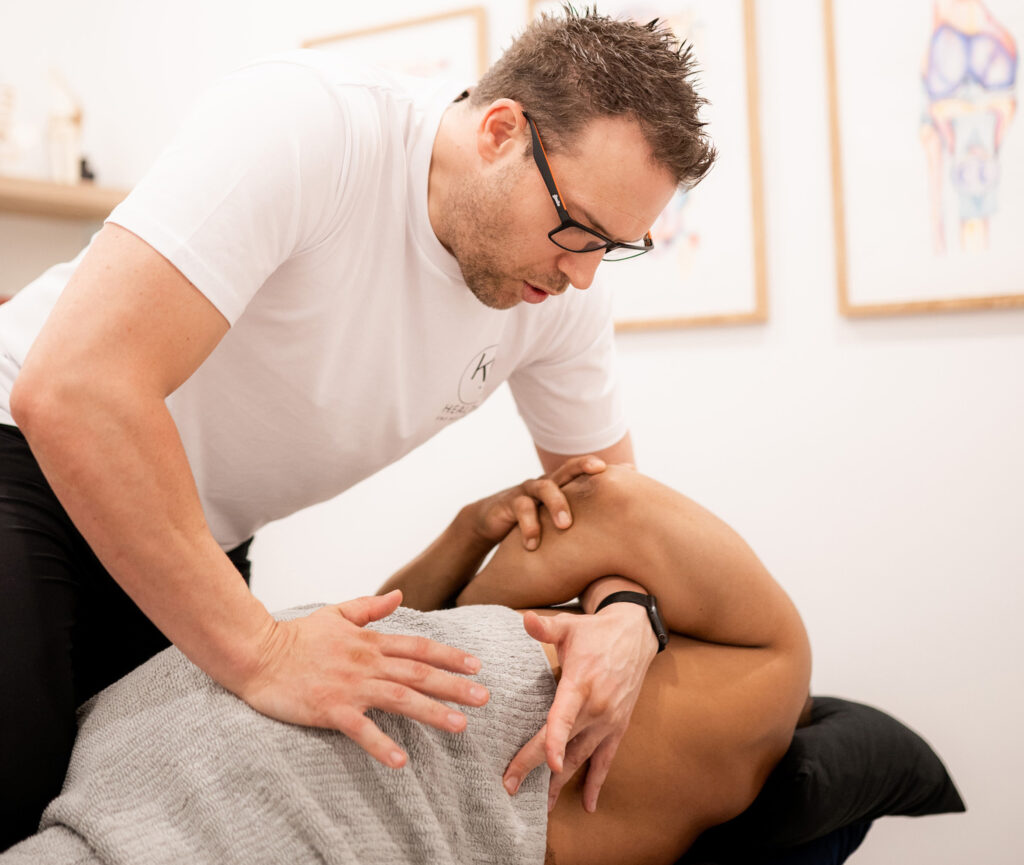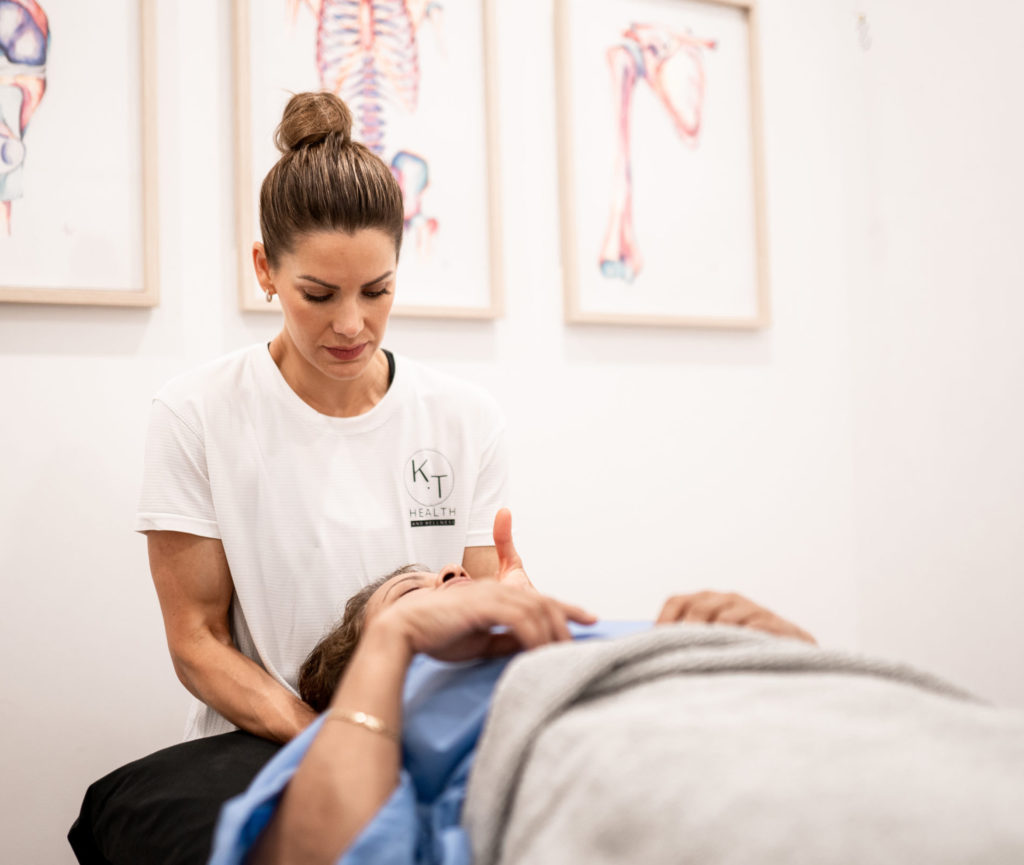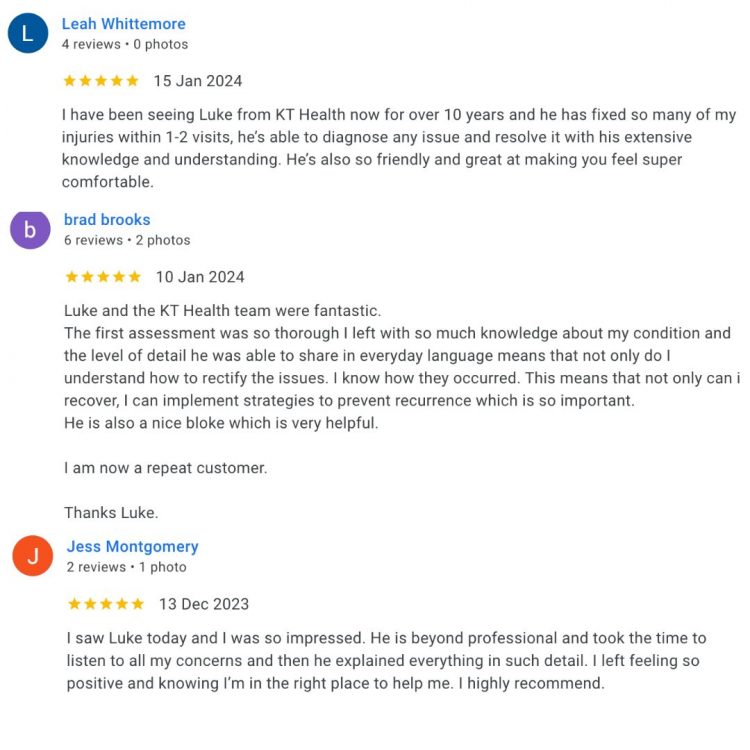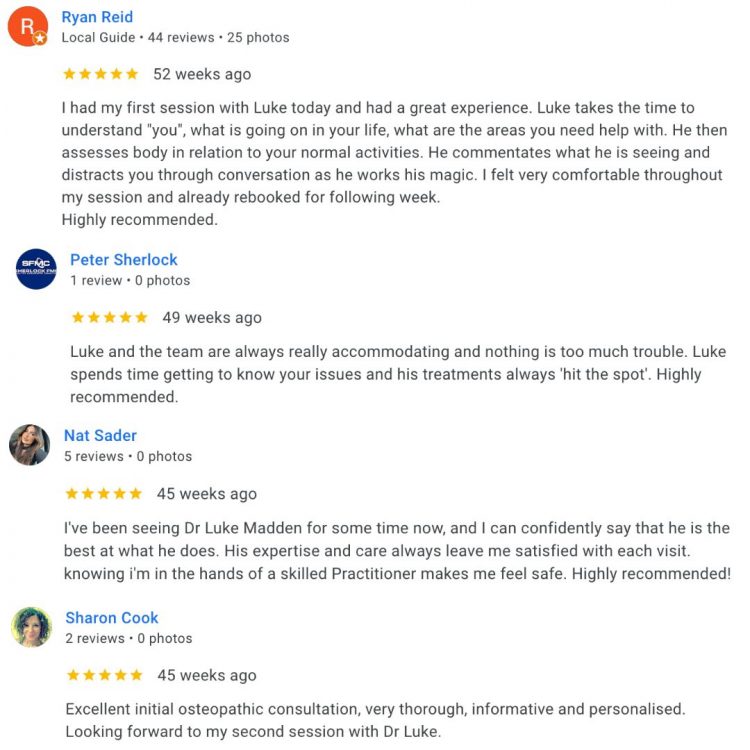Carpal tunnel syndrome happens when the median nerve gets compressed or pinched as it passes through the carpal tunnel in the wrist. This tunnel is a narrow space surrounded by bones and ligaments, and when it becomes too tight (from swelling or pressure), the nerve gets irritated, causing numbness, tingling, weakness, and pain in the thumb, index, middle, and part of the ring finger.
An analogy…
Think of the carpal tunnel like a busy tunnel under a bridge, with cars (tendons) and a motorbike (the median nerve) all trying to squeeze through. If there’s traffic or the tunnel gets narrower, the motorbike gets squashed — that’s what happens to the nerve in carpal tunnel syndrome.
What causes carpal tunnel syndrome?
The carpal tunnel is a tight passageway on the palm side of the wrist that houses the median nerve and several flexor tendons. When this tunnel becomes inflamed, swollen, or narrowed, it compresses the median nerve. This can result from repetitive hand or wrist use, fluid retention, or even wrist fractures that alter the tunnel’s shape.
What are the signs and symptoms of carpal tunnel syndrome?
- Numbness or tingling in the thumb, index, middle, and half of the ring finger
- Symptoms often worse at night or after repetitive use
- Pain or aching in the hand, wrist, or forearm
- Weakness in grip or dropping objects
- Clumsiness or trouble with fine motor tasks
- In severe cases, muscle wasting in the base of the thumb
What tests are used to diagnose carpal tunnel syndrome?
Tinel’s Sign: The practitioner gently taps over the median nerve at the wrist (just above the carpal tunnel). A positive test occurs if this produces tingling, zapping, or pins and needles in the thumb, index, middle, or half of the ring finger.
Phalen’s Test: The patient presses the backs of their hands together with wrists fully flexed and holds the position for 30–60 seconds. A positive result is when this position causes numbness, tingling, or pain in the median nerve distribution.
Nerve Conduction Studies (NCS): This test measures how quickly electrical signals travel along the median nerve. Slower signal speeds across the wrist compared to other areas can confirm compression of the nerve and help determine the severity of carpal tunnel syndrome.
How long does carpal tunnel syndrome take to heal?
Mild to moderate cases often improve with activity modification and splinting over 4 to 8 weeks. More severe or chronic cases may take 2 to 3 months or longer to resolve, especially if there’s nerve damage. If surgery is required, recovery usually takes 6 to 12 weeks, with full return to normal function over several months depending on severity and rehab.
How does carpal tunnel syndrome happen?
- Repetitive hand or wrist movements
- Prolonged wrist flexion or compression
- Wrist fractures or arthritis altering the tunnel shape
- Poor posture or shoulder/neck tightness contributing to nerve irritation
- Medical conditions like diabetes, thyroid issues, or autoimmune disorders
What treatment can help carpal tunnel syndrome?
- Night splinting to keep the wrist in a neutral position during sleep
- Activity modification (avoiding repetitive or prolonged wrist use)
- Ice and anti-inflammatories to reduce swelling
- Manual therapy (e.g. nerve glides, wrist mobilisation, soft tissue release)
- Nerve gliding exercises to help the nerve move freely
- Postural correction for the neck and shoulders
What exercises or stretches can I do for carpal tunnel syndrome?
- Median nerve glides
- Wrist mobility exercises
- Grip and finger strength training
- Shoulder and neck stretches to reduce nerve tension
What products can help with carpal tunnel syndrome?






